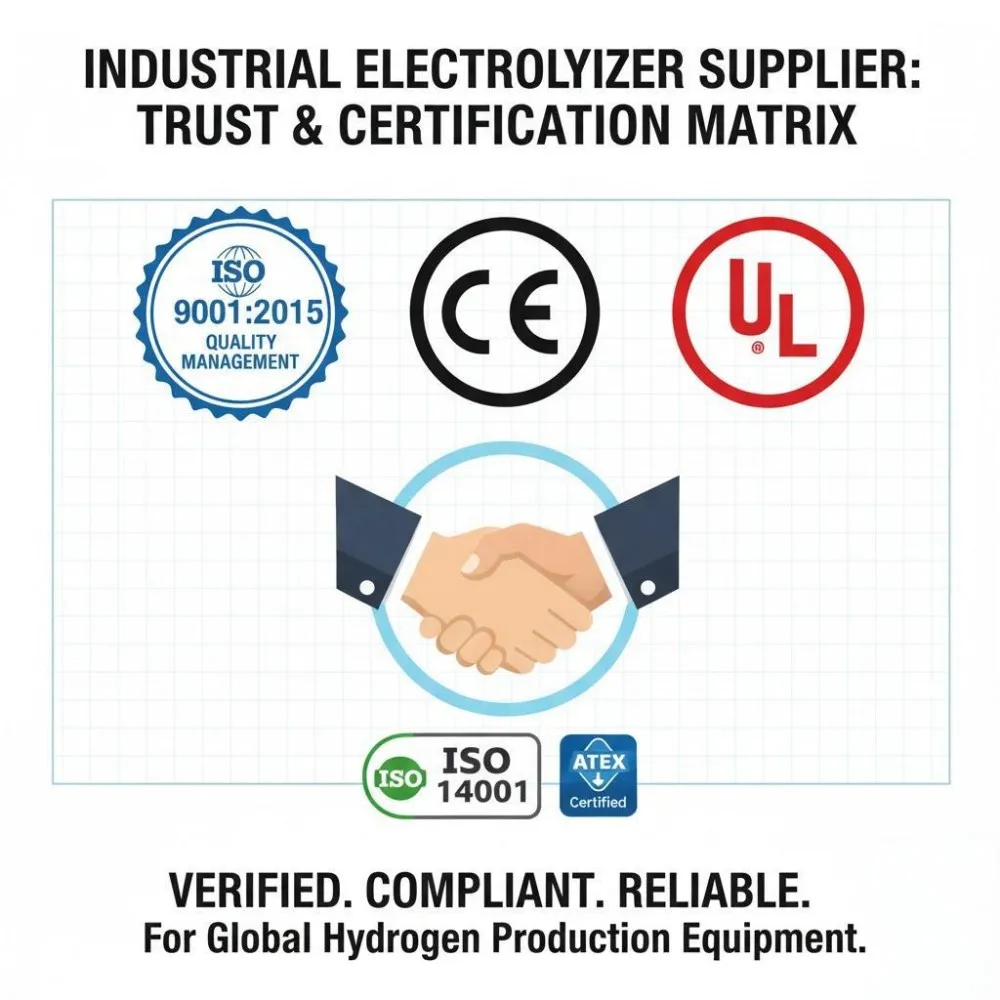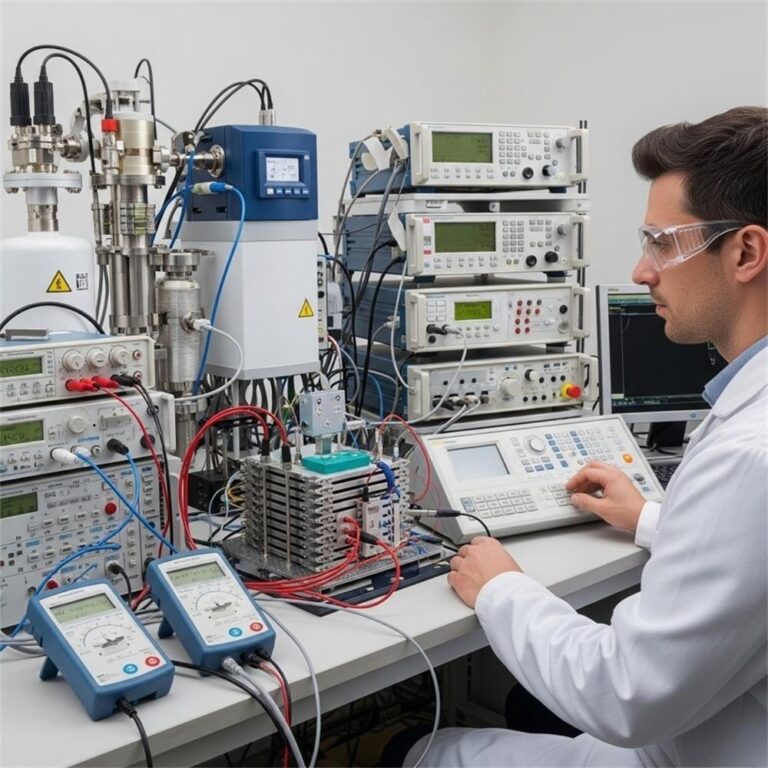I. Introduction
Hydration is essential to human health, but in today’s tech-driven world, even water is evolving. Among the latest wellness trends, hydrogen water has emerged as a powerful contender in health-focused hydration. With claims of boosting energy, improving recovery, and reducing inflammation, it’s no surprise that demand for new portable hydrogen water bottles with SPE PEM technology is on the rise.
These high-tech bottles are designed for modern lifestyles, combining portability with cutting-edge electrolytic technology to deliver molecular hydrogen-infused water on demand. At the heart of this innovation lies SPE (Solid Polymer Electrolyte) and PEM (Proton Exchange Membrane) technology, which ensures higher hydrogen purity and enhanced performance.
This comprehensive guide will explore how these bottles work, their health benefits, usage tips, and how they compare to other hydrogen generation methods.
II. Understanding Hydrogen Water and Its Benefits
What is Hydrogen Water?
Hydrogen water is regular H₂O infused with molecular hydrogen (H₂) gas. Unlike the hydrogen in water molecules bound to oxygen (H₂O), molecular hydrogen is free-floating and capable of diffusing into cells, tissues, and even mitochondria.
It’s tasteless, odorless, and doesn’t alter the pH of the water—making it safe for daily consumption.
Health Benefits of Hydrogen Water
Numerous studies have pointed to several potential health benefits:
- Antioxidant Properties: Molecular hydrogen acts as a selective antioxidant, targeting harmful free radicals without affecting beneficial ones. This may reduce oxidative stress, which is linked to aging and chronic disease.
- Anti-Inflammatory Effects: Clinical research indicates that hydrogen water may reduce inflammation markers, potentially aiding conditions like arthritis or cardiovascular disease.
- Athletic Performance & Recovery: Athletes have reported less fatigue, improved endurance, and quicker muscle recovery when consuming hydrogen-rich water pre- and post-exercise.
- Neuroprotection & Metabolism: Ongoing studies are exploring hydrogen water’s impact on neurodegenerative diseases and metabolic conditions like diabetes.
III. Advancements in Portable Hydrogen Water Devices
Evolution of Hydrogen Water Generators
Originally, hydrogen water was produced using bulky stationary machines found in clinics or spas. Over the years, innovation has focused on making these devices compact, rechargeable, and user-friendly.
Key Features of Modern Portable Hydrogen Water Bottles
Today’s models boast several premium features:
- Compact & Lightweight: Designed to fit in gym bags or car cup holders.
- Durable Materials: BPA-free Tritan plastic, borosilicate glass, and stainless steel are commonly used.
- USB Charging: Long-lasting lithium-ion batteries enable multiple uses on a single charge.
- Touchscreen Controls: Easy-to-use buttons or LED indicators improve user experience.
IV. SPE PEM Technology: The Core Innovation
What is SPE PEM Technology?
- SPE (Solid Polymer Electrolyte): A solid membrane that replaces traditional liquid electrolytes, enabling safer hydrogen production.
- PEM (Proton Exchange Membrane): Separates hydrogen and oxygen gases during electrolysis, allowing only pure hydrogen to infuse into the water.
Together, they produce ultra-pure hydrogen water without harmful by-products like chlorine, ozone, or lye.
Advantages of SPE PEM in Portable Bottles
- Purity & Safety: Unlike magnesium sticks or traditional electrolysis, SPE PEM ensures clean, contaminant-free hydrogen.
- Efficiency: Generates hydrogen concentrations up to 1.5–2.0 ppm in just 3–5 minutes.
- Device Longevity: High-quality membranes reduce wear and extend the device’s lifespan.
V. How to Use a Portable Hydrogen Water Bottle with SPE PEM Technology
Step-by-Step Guide
- Charge the Device: Fully charge via USB before first use.
- Add Water: Use purified or mineral water—avoid distilled or carbonated water.
- Activate Electrolysis: Press the power button to start hydrogen generation (usually takes 3–10 minutes).
- Consume Immediately: Hydrogen dissipates quickly, so drink right after it’s ready.
- Clean Regularly: Use citric acid or mild vinegar every week to clean the electrodes.
Safety Precautions
- Avoid Overfilling: Leave space to prevent pressure build-up.
- Don’t Use Hot Water: Most devices are optimized for room temperature water.
- Replace Parts as Needed: Membranes and batteries may require replacement after extended use.

VI. Comparing Portable Hydrogen Water Bottles: SPE PEM vs. Other Technologies
SPE PEM vs. Traditional Electrolysis
| Feature | SPE PEM Technology | Traditional Electrolysis |
|---|---|---|
| Purity of Hydrogen | High | May contain ozone/chlorine |
| Hydrogen Concentration | 1.5 – 2.0 ppm | Lower |
| Device Maintenance | Low | High |
| Longevity | High | Moderate |
SPE PEM vs. Magnesium Stick Method
| Feature | SPE PEM Technology | Magnesium Stick |
|---|---|---|
| Speed of Generation | 3–5 minutes | Several hours |
| Hydrogen Purity | Pure | Contains dissolved minerals |
| Reusability | High | Limited lifespan |
| Taste of Water | Neutral | May alter taste |
Choosing the Right Hydrogen Water Bottle
Consider the following:
- Hydrogen Output (ppm)
- Material Durability
- Ease of Cleaning
- Warranty & Price
VII. Real-World Applications and User Testimonials
Hydrogen water bottles are being used by:
- Fitness Enthusiasts: To hydrate before, during, and after workouts.
- Office Workers: For midday energy without caffeine.
- Travelers: To stay refreshed and healthy on the go.
User Testimonials
“Since I started using my hydrogen water bottle, I’ve noticed less fatigue after workouts and clearer skin!” – Sara L., Personal Trainer
“The device is compact and fits in my backpack. Great for traveling!” – Tom R., Digital Nomad
VIII. Addressing Common Concerns and Misconceptions
Is Hydrogen Water Safe?
Yes, it’s recognized as safe by global health bodies. Molecular hydrogen is non-toxic and naturally exhaled by the lungs after absorption.
Does Concentration Matter?
Yes. Studies suggest therapeutic benefits occur at levels above 0.5 ppm. SPE PEM devices typically exceed this threshold.
Can Hydrogen Water Replace Regular Water?
Not entirely. It should supplement your hydration routine rather than replace all regular water intake.
IX. Future Trends in Portable Hydrogen Water Technology
Innovations on the Horizon
- Smartphone Integration: Apps to track hydrogen concentration and usage.
- Wireless Charging: Faster, cable-free recharging.
- Higher PPM Outputs: Devices aiming for 2.5+ ppm safely.
Wellness Integration
These bottles may soon sync with fitness trackers to tailor hydration based on physical activity or sleep data.
X. Conclusion
The new portable hydrogen water bottle with SPE PEM technology is more than a hydration tool—it’s a lifestyle upgrade. With growing evidence supporting the health benefits of hydrogen-rich water and rapid advancements in technology, these bottles are an ideal companion for wellness-conscious individuals.
Whether you’re an athlete, a health enthusiast, or someone simply looking to boost daily vitality, investing in a high-quality hydrogen water generator can make a real difference.
Frequently Asked Questions (FAQs)
1. What is the main advantage of using SPE PEM over other hydrogen generation methods? SPE PEM technology provides pure hydrogen without harmful by-products like ozone or chlorine.
2. How long does the hydrogen stay active in the water? Typically, hydrogen starts dissipating within 30 minutes, so it’s best to consume immediately.
3. Can I use tap water in a portable hydrogen water bottle? It’s recommended to use filtered or mineral water. Tap water may damage the electrolysis system.
4. Are these bottles safe for children and elderly people? Yes, molecular hydrogen is non-toxic and safe for all ages.
5. How often should I clean the bottle? Every 3–7 days, depending on usage frequency. Use citric acid for best results.
6. What’s the typical lifespan of a hydrogen water bottle? With proper maintenance, a quality bottle can last 1–3 years.







